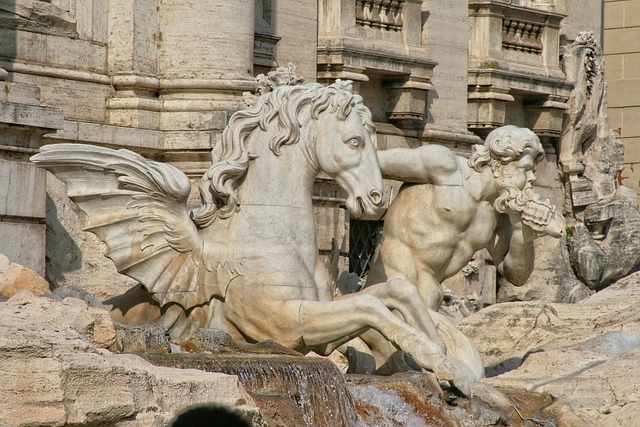Choosing durable materials for fountain installation is strategic, ensuring longevity (over centuries with proper care) and aesthetics. Key options include natural stone (granite, limestone), stainless steel, copper, fiberglass, and resin composite, each offering unique benefits like corrosion resistance, fade resistance, and ease of installation. Opting for simple designs and regular maintenance—including cleaning, water chemistry checks, and damage inspections—preserves the fountain's beauty and functionality for years to come, enhancing outdoor settings with vibrant, indelible visual charm.
“Enhance your outdoor space with a long-lasting fountain! This comprehensive guide explores the crucial role of durable materials in successful fountain installation. Discover how the right choices can ensure your fountain stands the test of time, weathering various weather conditions. From exploring popular material options like stone, metal, and fiberglass to understanding essential selection factors and maintenance tips, this article is your go-to resource for creating a vibrant, enduring focal point. Elevate your fountain installation with wisdom.”
- Understanding the Importance of Durable Materials for Fountain Installation
- Exploring Popular Choices: Material Options for Longevity
- Factors to Consider When Selecting Durable Fountain Components
- Maintenance Tips to Ensure Your Fountain's Long-Lasting Beauty
Understanding the Importance of Durable Materials for Fountain Installation
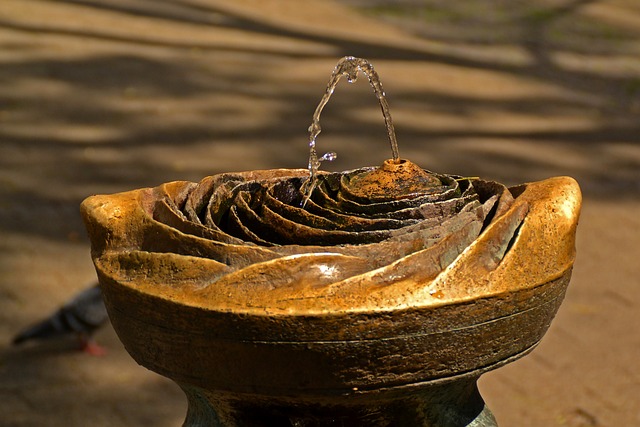
When it comes to fountain installation, choosing durable materials is a strategic decision that ensures the longevity and aesthetics of your water feature. The dynamic nature of fountains, with their constant movement of water and exposure to varying weather conditions, demands robust components. Opting for high-quality, long-lasting materials not only safeguards against frequent replacements but also preserves the beauty and functionality of the fountain over time.
Durable materials play a pivotal role in preventing common issues like corrosion, wear and tear, and structural damage. They offer resistance to rust, especially in outdoor settings, ensuring that key components like pipes, nozzles, and pumps remain functional and efficient. Additionally, these materials contribute to the overall aesthetic appeal, maintaining the fountain’s visual charm for years to come, making them a wise investment for any fountain installation project.
Exploring Popular Choices: Material Options for Longevity
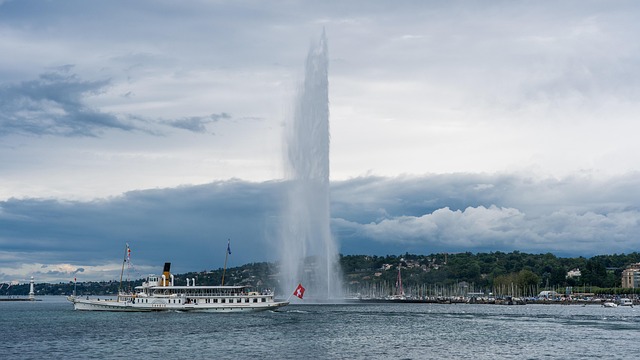
When it comes to durable materials for long-lasting fountains, exploring popular choices is key. Materials play a pivotal role in determining the longevity and overall performance of a fountain installation. Stone, especially natural stone like granite or limestone, has long been a favorite due to its inherent strength and resistance to weathering. These stones can last for centuries when properly maintained, adding a timeless aesthetic to any outdoor space.
Metal, particularly stainless steel, is another robust option. Its corrosion-resistant properties make it ideal for fountain structures and components exposed to varying weather conditions. Additionally, modern casting techniques allow for intricate designs, enhancing both the functional and ornamental value of metal fountains. Other materials like fiberglass or resin composite are also gaining popularity for their lightweight nature, ease of installation, and resistance to both rust and fading, ensuring these fountains remain vibrant and structural sound over time.
Factors to Consider When Selecting Durable Fountain Components
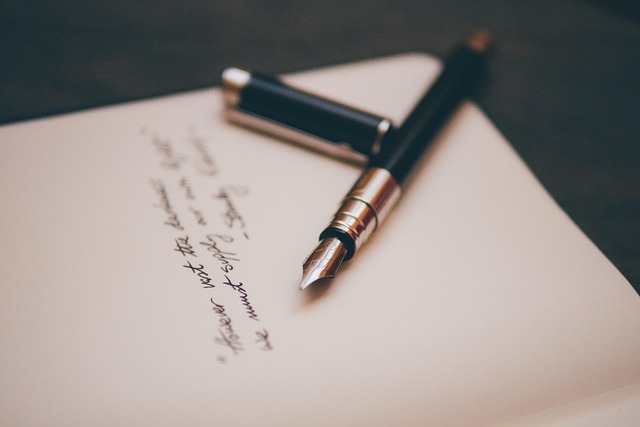
When selecting components for a fountain installation, several factors come into play to ensure durability and longevity. Firstly, the material’s resistance to corrosion and rust is paramount, especially in outdoor settings where elements like moisture and varying temperatures can accelerate deterioration. Opting for materials such as stainless steel or copper, known for their innate resilience, guarantees a robust foundation for your fountain.
Additionally, consider the component’s design and manufacturing quality. Complex geometries or intricate details might offer aesthetic appeal but could also present more surfaces for water to interact with, potentially increasing wear and tear over time. Simple, streamlined designs that channel water efficiently while minimizing contact points are often more durable choices, ensuring your fountain remains a striking and functional feature for years to come.
Maintenance Tips to Ensure Your Fountain's Long-Lasting Beauty
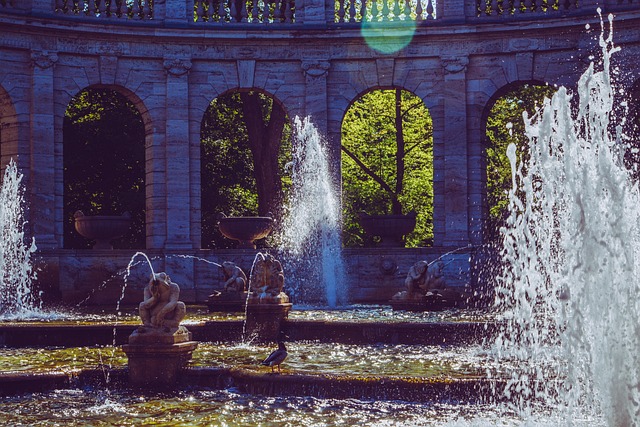
Proper maintenance is key to preserving the beauty and longevity of your fountain, especially after installation. Regular cleaning is essential to remove any debris or algae buildup, ensuring clear water and preventing damage to the nozzle and pump mechanisms. Check the water chemistry regularly, maintaining appropriate pH levels and sanitization to avoid corrosion and scaling.
Inspect your fountain for any signs of wear or damage, particularly in moving parts, and address issues promptly. Keep the surrounding area free from obstructions that could block the water flow or cause excessive pressure on specific components. Seasonal adjustments are also vital; consider covering your fountain during harsh weather conditions to protect it from potential frost damage or debris accumulation over time.
When considering a fountain installation, opting for durable materials is key to ensuring a long-lasting and aesthetically pleasing water feature. By understanding the importance of material choices and selecting the right components, you can create a vibrant and enduring focal point for any outdoor space. Regular maintenance further reinforces the longevity of these investments, allowing your fountain to continue captivating for years to come.
